Capoeira is a cultural expression rich in history, strength, and identity. Born from the encounter between African traditions and the era of slavery in Brazil, it became a unique form of resistance.
With choreographed movements, captivating music, and its own philosophy, capoeira has conquered the world and is now officially recognized by UNESCO as an Intangible Cultural Heritage of Humanity, highlighting its historical significance. But to truly understand capoeira, we must look at its roots.
African Roots: Where It All Began
Source: http://gingacapoeira.com/capoeira
The origin of capoeira is linked to the African peoples who were forcibly brought to Brazil between the 16th and 19th centuries.
Among their cultural traditions was ngolo, a dance-like combat style from Angola, considered one of the main inspirations for capoeira. In African communities, ngolo was performed during initiation rites and ceremonial gatherings. With its circular movements and strong emphasis on kicks and jumps, this tradition became one of the key foundations for what would later evolve in Brazil.
Upon arriving in Brazil, enslaved Africans brought with them their beliefs, languages, rhythms, and inner strength. Capoeira emerged as one of these forces, a practice that preserved the body, soul, and identity.
Capoeira in Brazil: From Oppression to Expression
Source: https://capoeiradobrasil.com.br/a-historia-da-capoeira/
During the colonial period, capoeira was mainly developed in slave quarters (senzalas) and quilombos. Its agile movements served as both training and self-defense against the harsh conditions of slavery. Often, the practice was disguised as a dance to avoid suspicion from slave owners.
After the abolition of slavery in 1888, capoeira in Brazil became marginalized and criminalized, associated with vagrancy and urban disorder, especially in growing cities like Rio de Janeiro. In 1890, practicing capoeira could result in a prison sentence of 2 to 6 months. At that time, capoeiristas trained in secret, often in remote locations.
It was only in the 20th century that capoeira began to gain recognition as a legitimate cultural practice, thanks to the work of masters like Mestre Bimba and Mestre Pastinha. Mestre Bimba created Capoeira Regional, while Pastinha focused on preserving Capoeira Angola, considered the more traditional form.
In this context of resistance and transformation, the berimbau became essential. Brought from Africa and adapted in Brazil, the instrument came to define the rhythm and style of the game. Rhythms like Angola, São Bento Pequeno, and São Bento Grande directly influence the pace, posture, and energy of the players. More than guiding the music, the berimbau guides the soul of capoeira.
Source: https://velhosmestres.com/en/gato-1976-2
Today, capoeira is practiced in over 160 countries, attracting people of all cultures, ages, and backgrounds. Capoeira schools and rodas can be found in major cities like New York, Paris, Tokyo, and Johannesburg. More than just a physical and artistic activity, capoeira serves as a tool for education, social inclusion, and a deep connection to Afro-Brazilian heritage. In every ginga, there are centuries of memory and resistance.
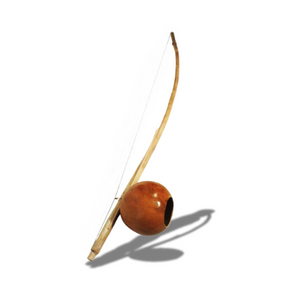
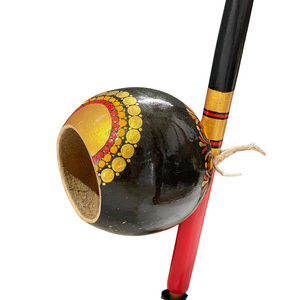
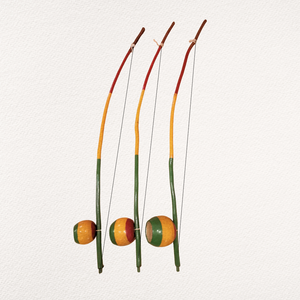
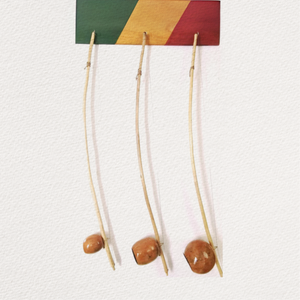
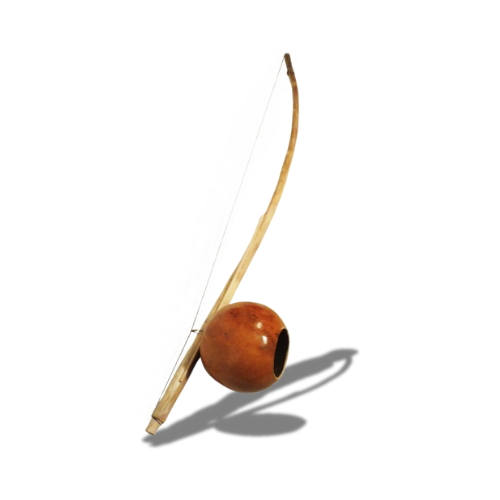
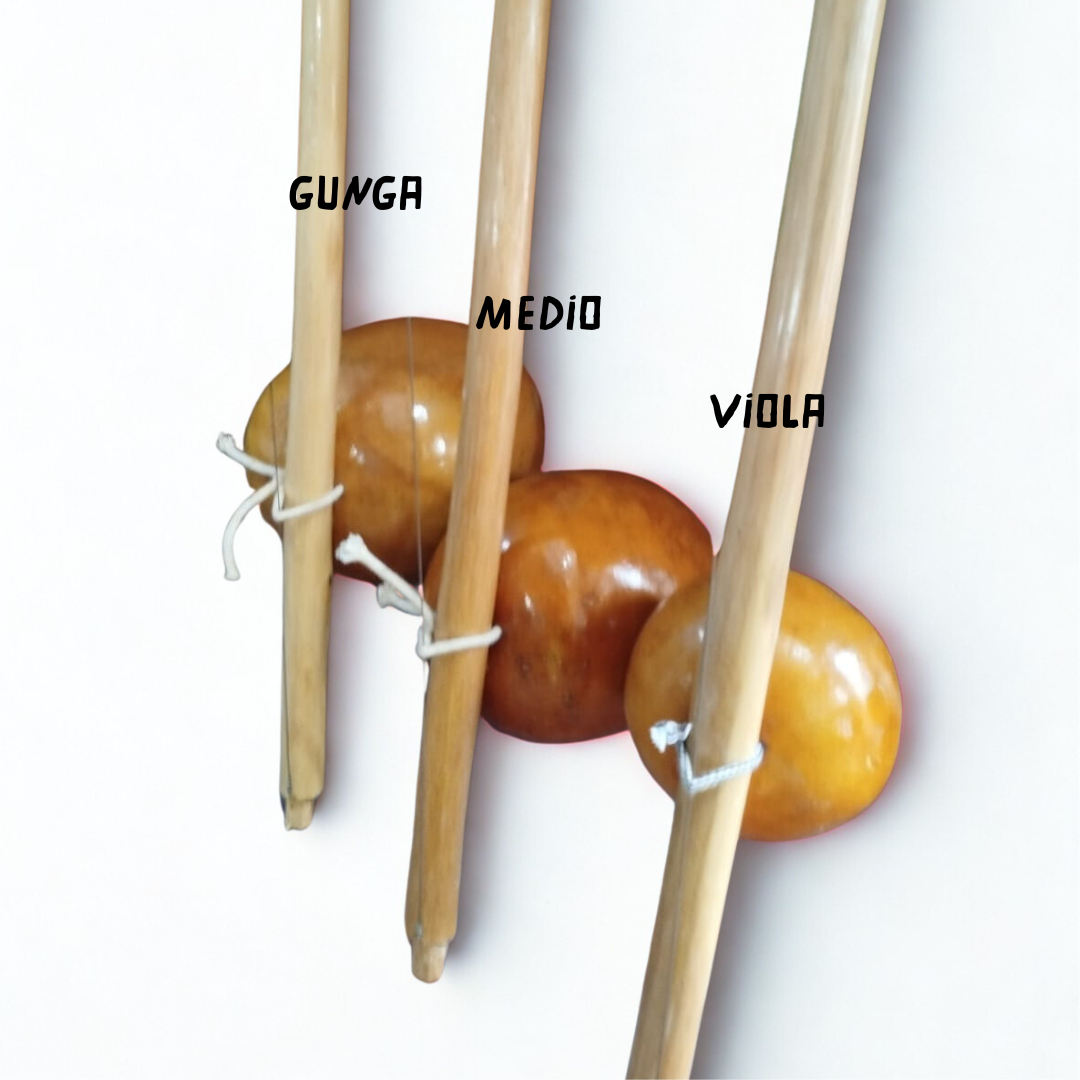

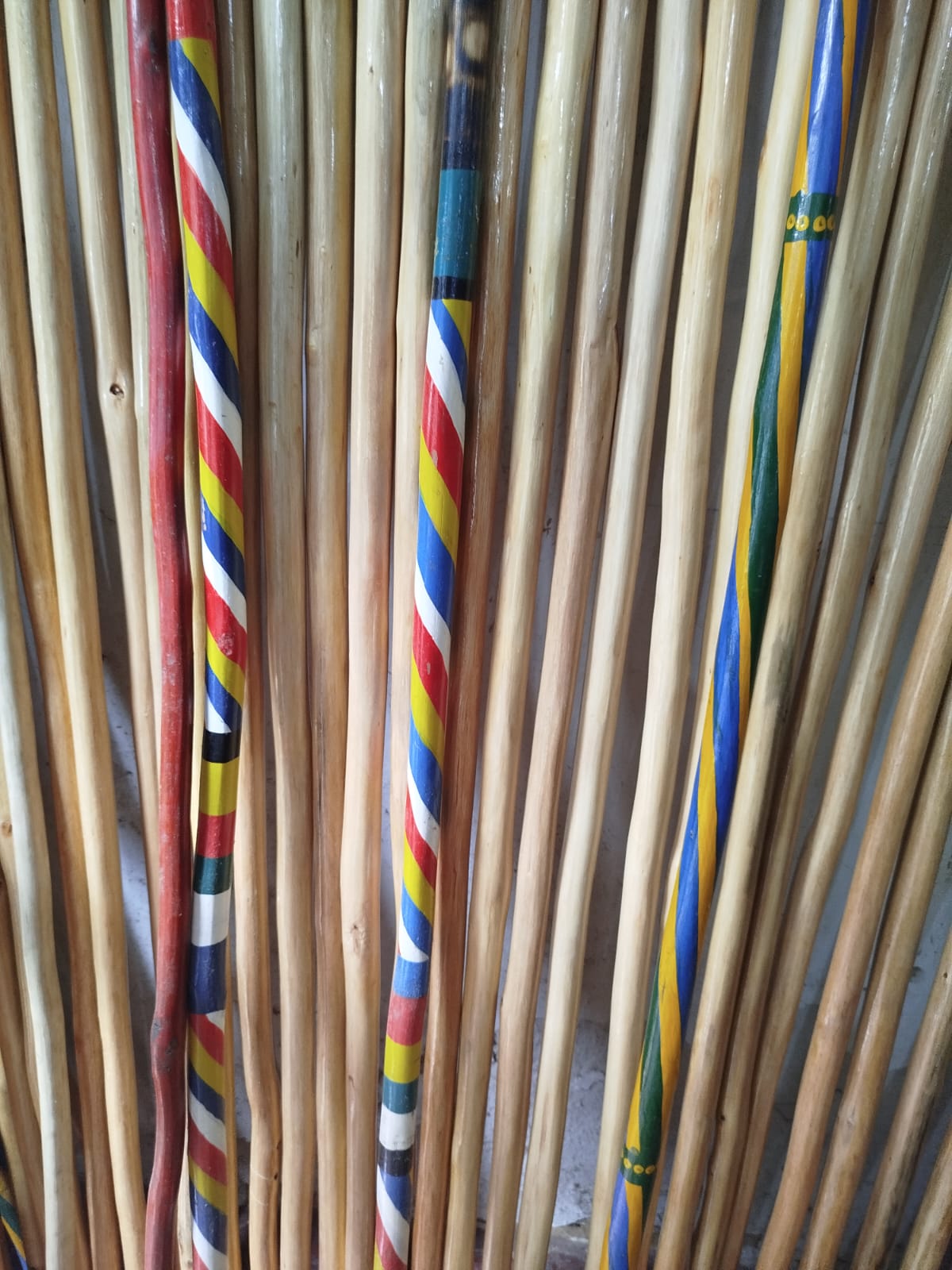
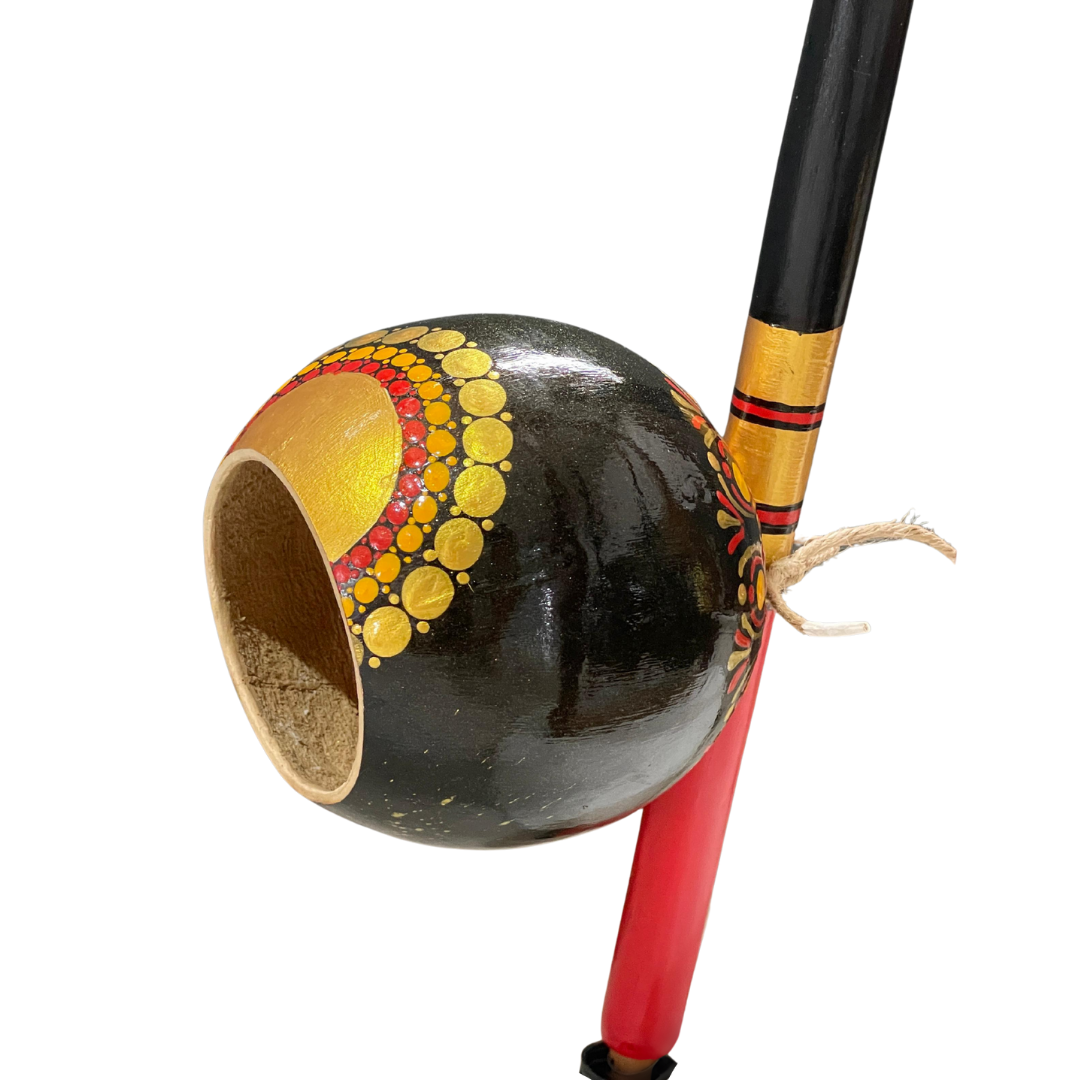
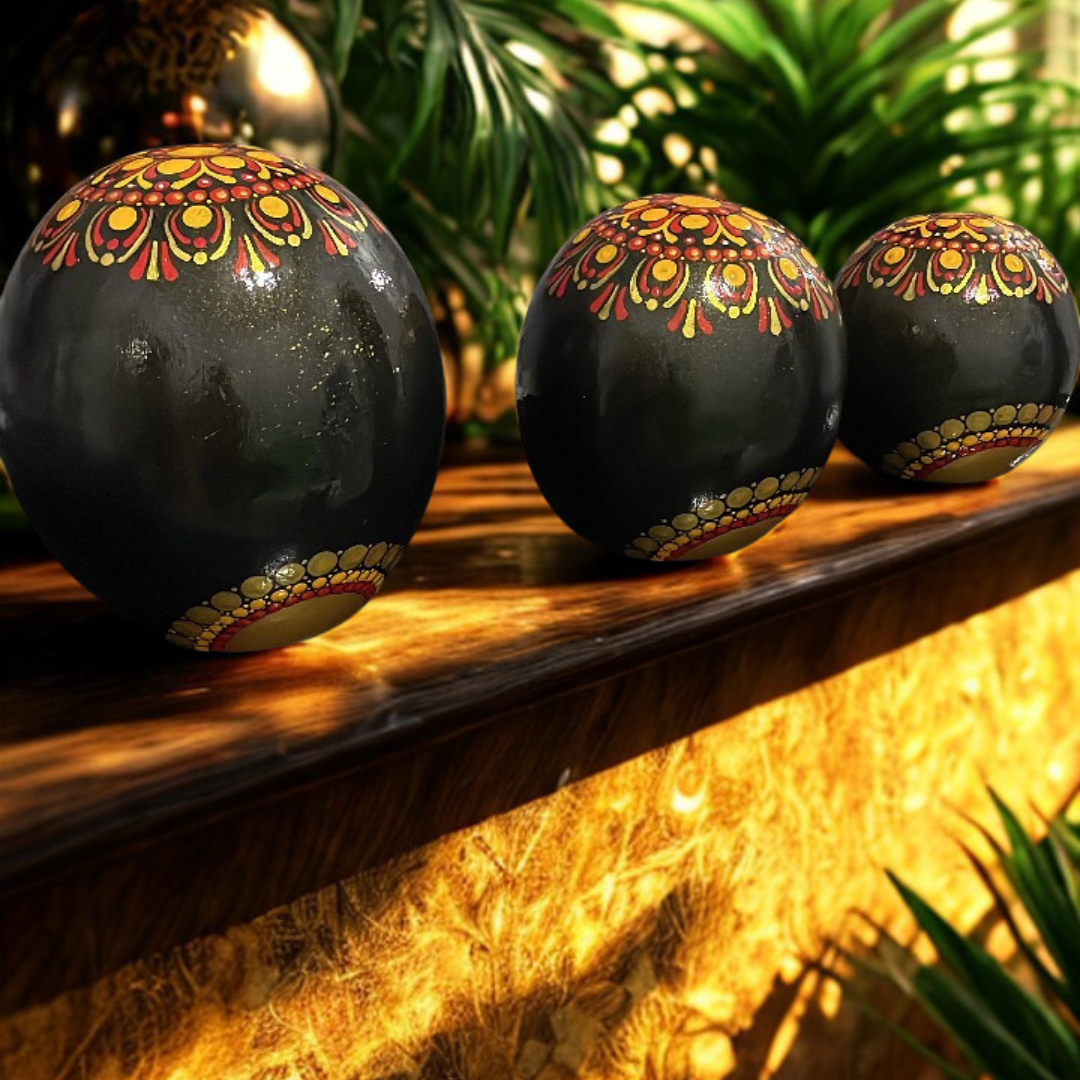
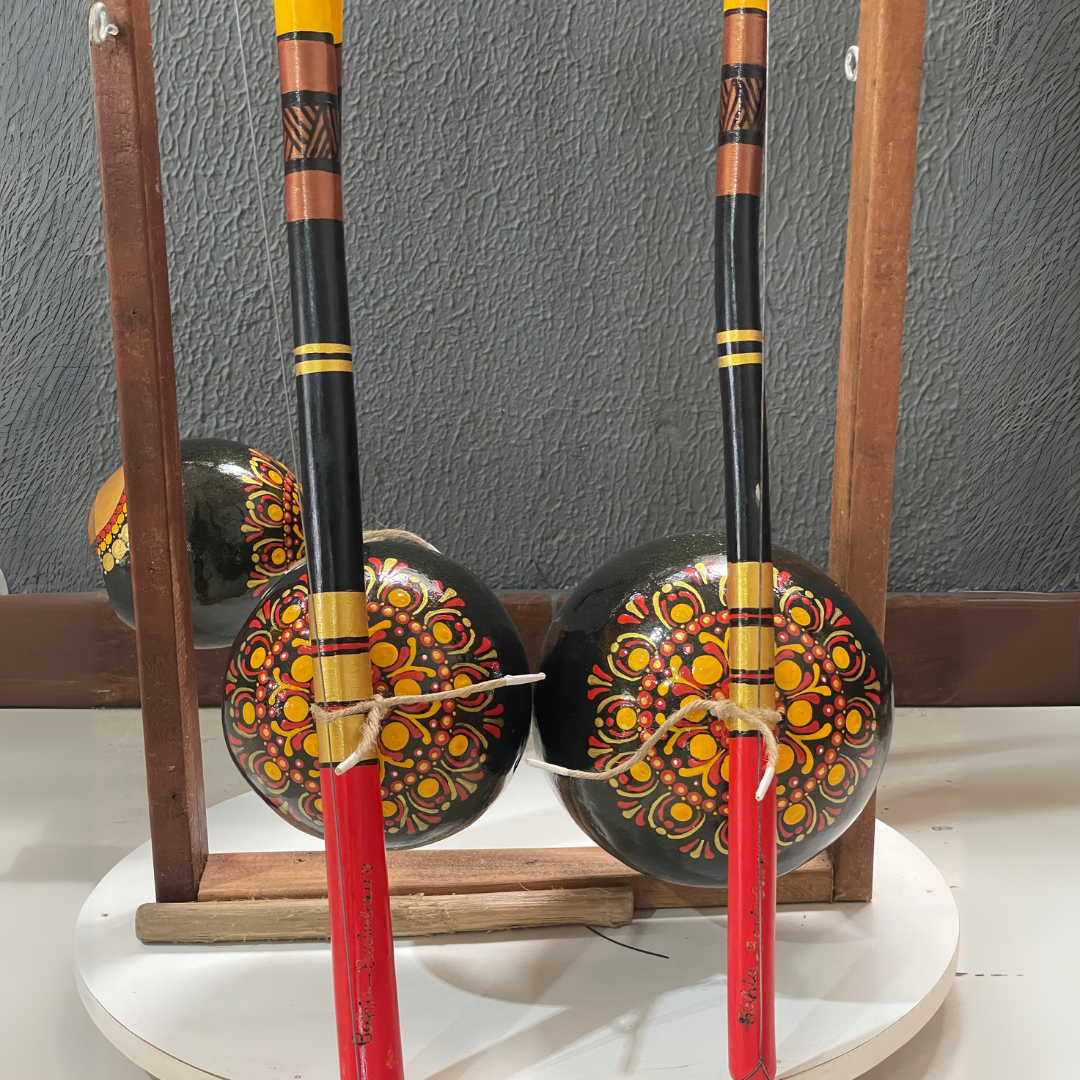
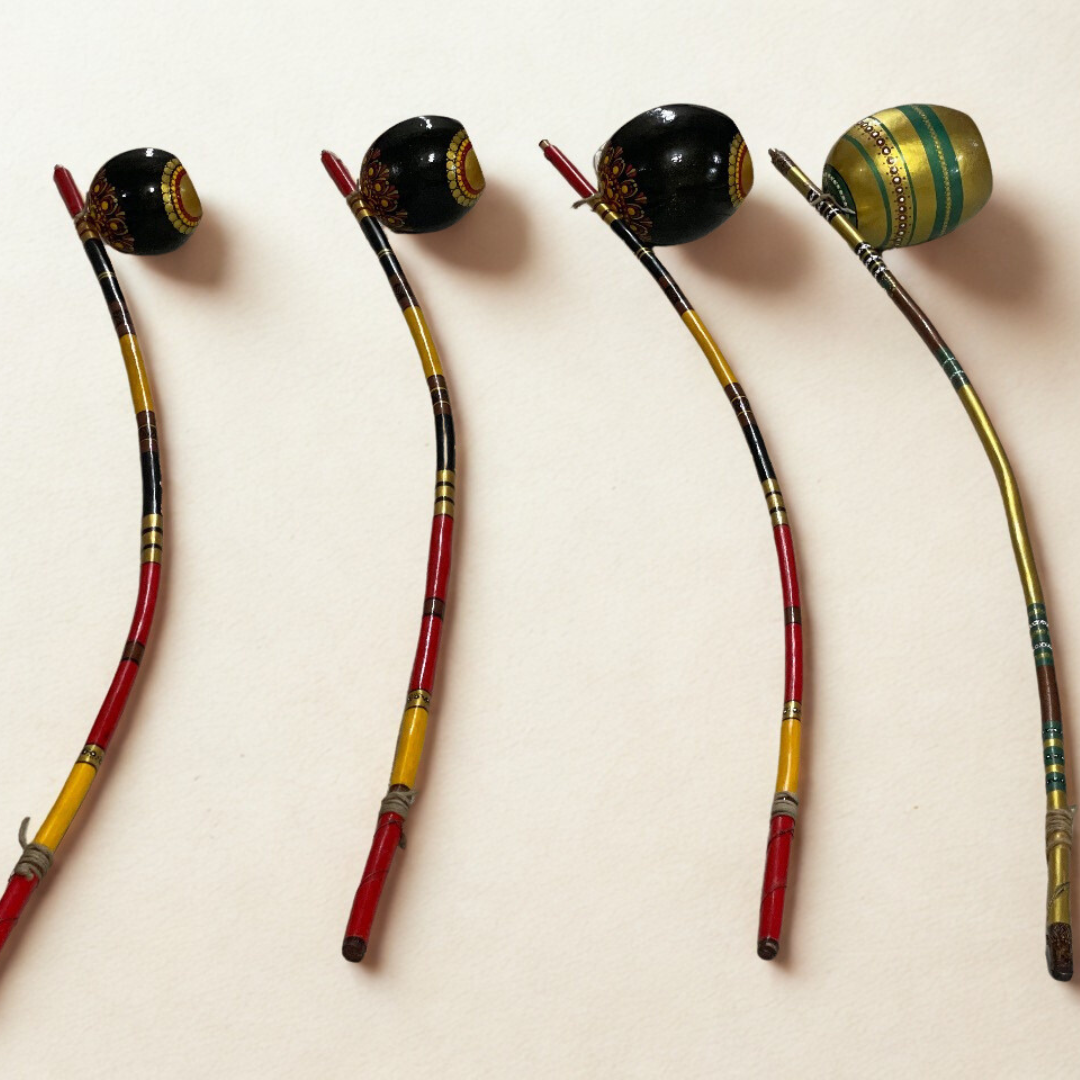
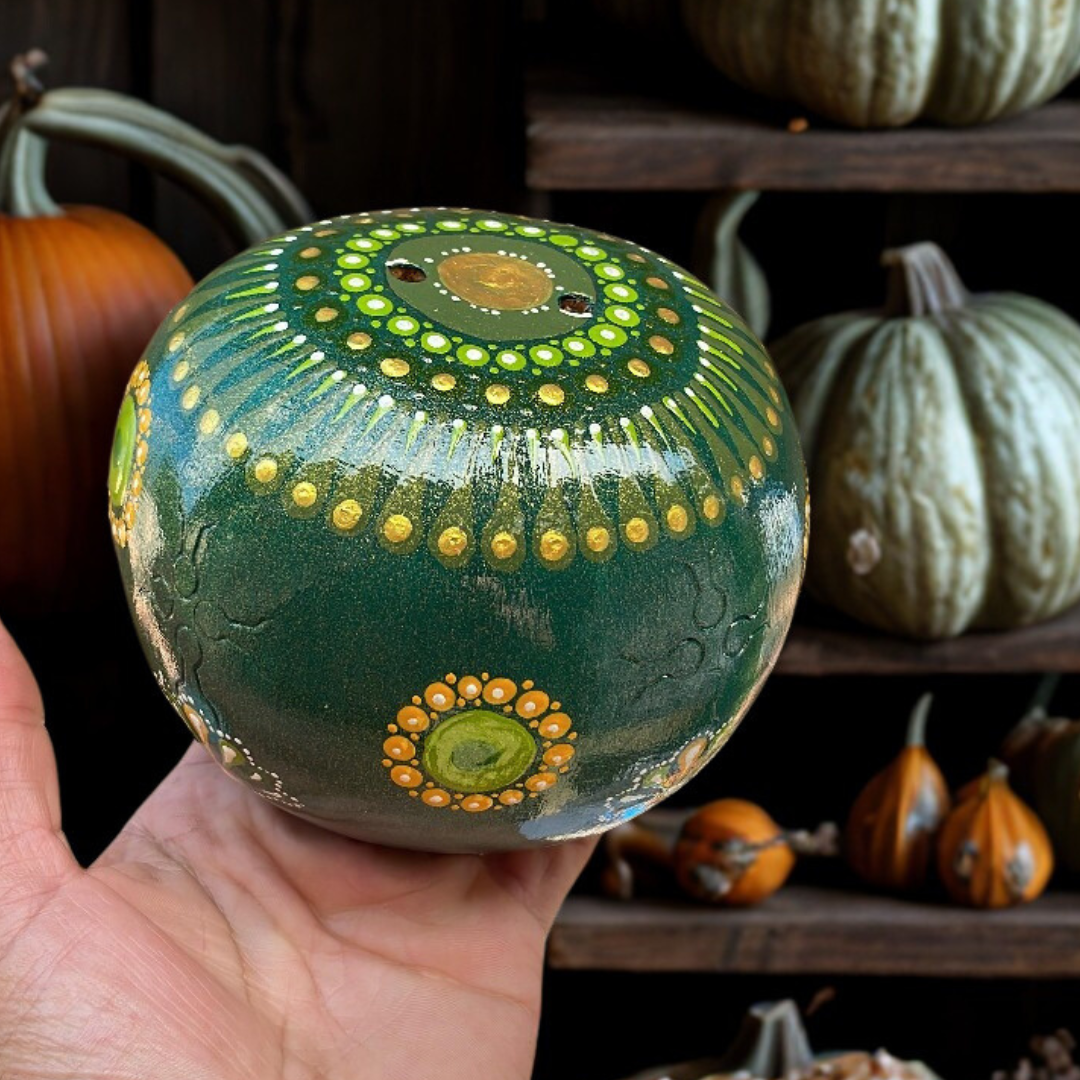
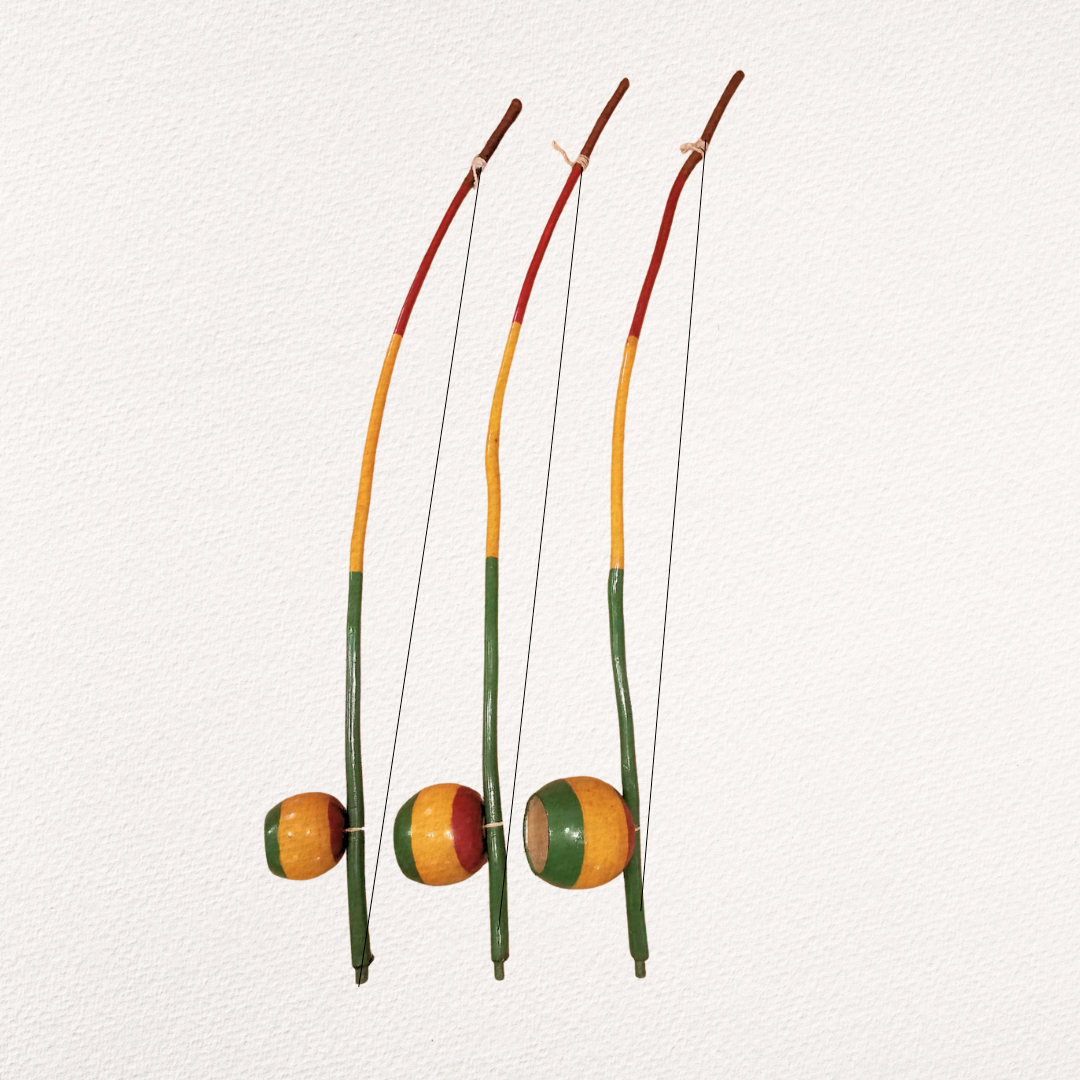
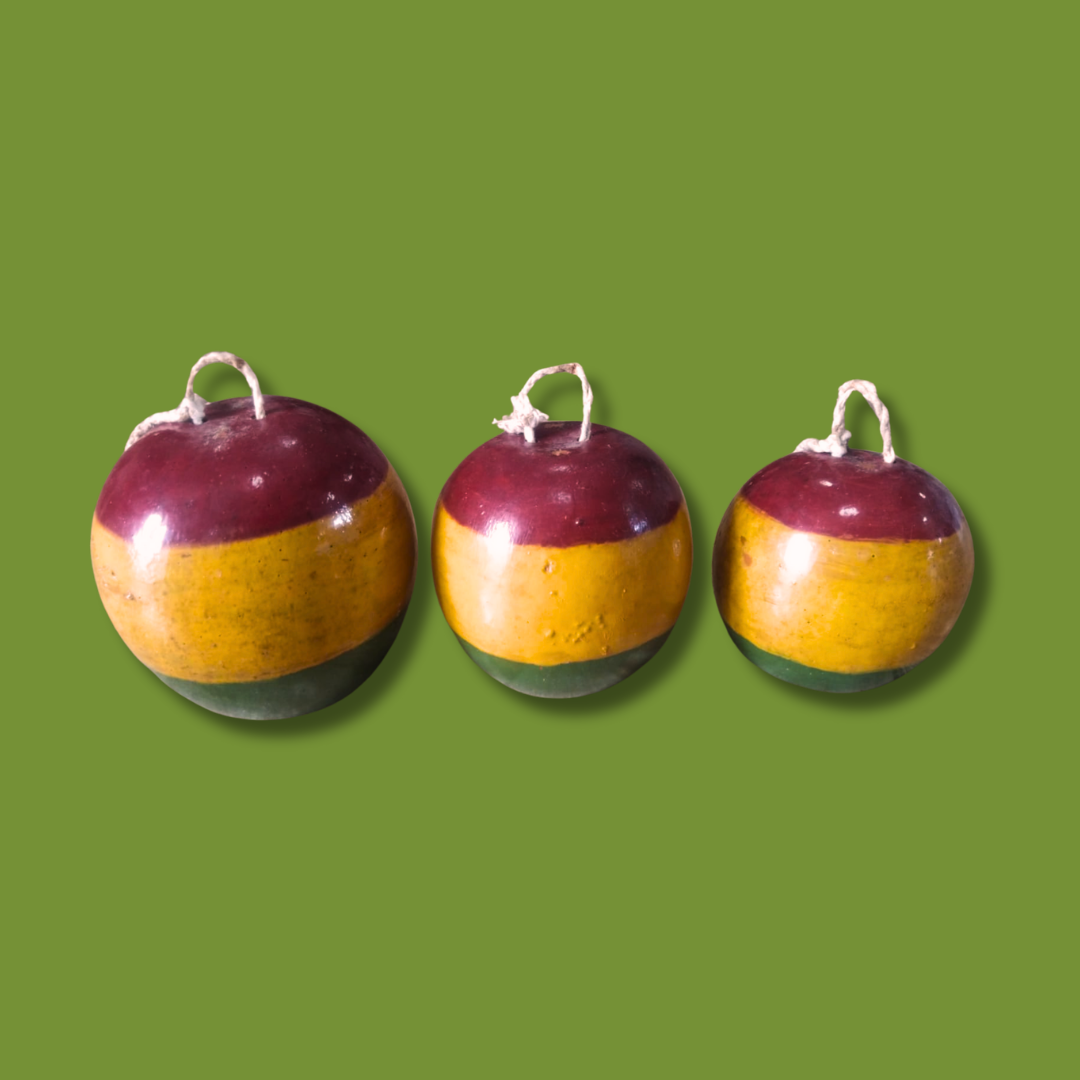
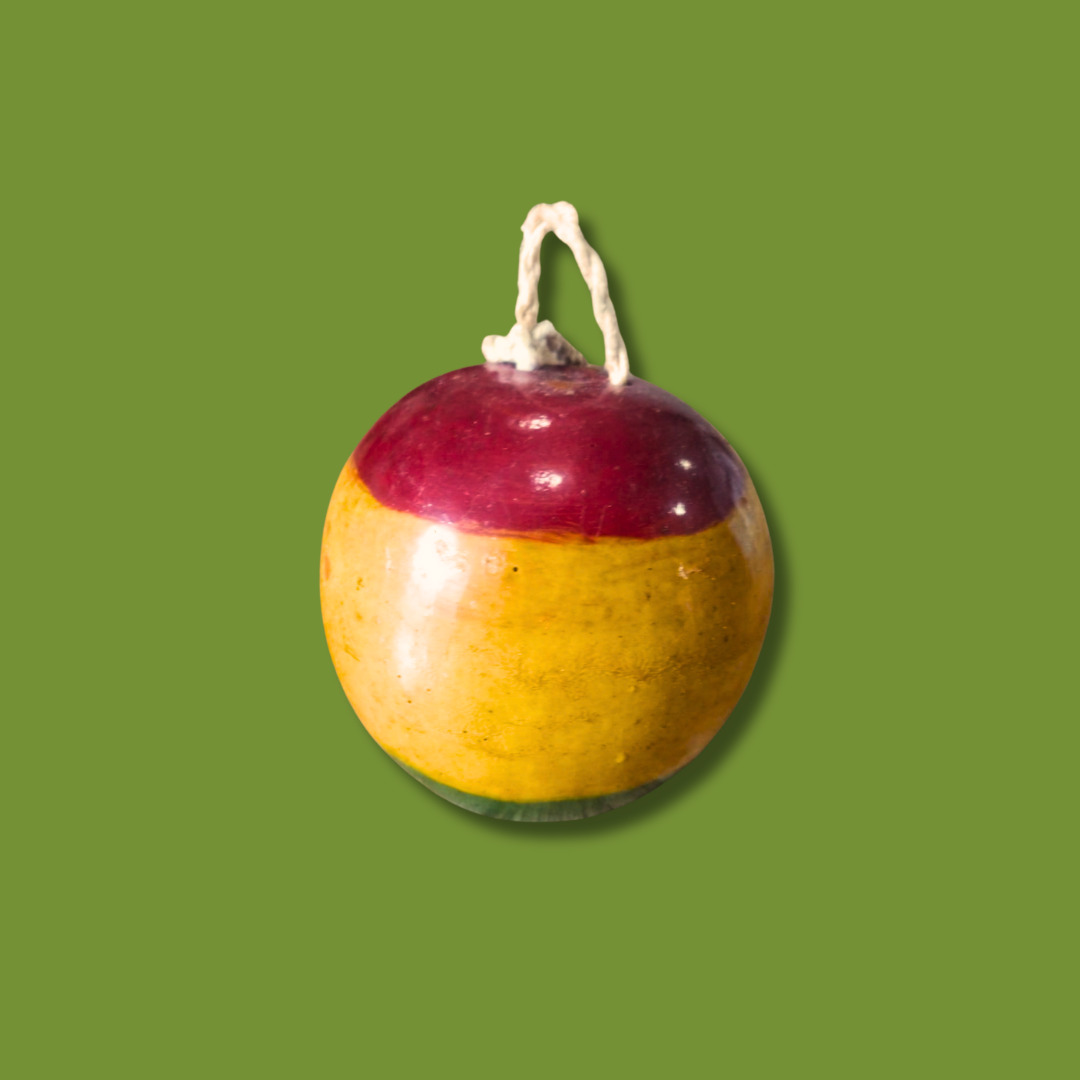
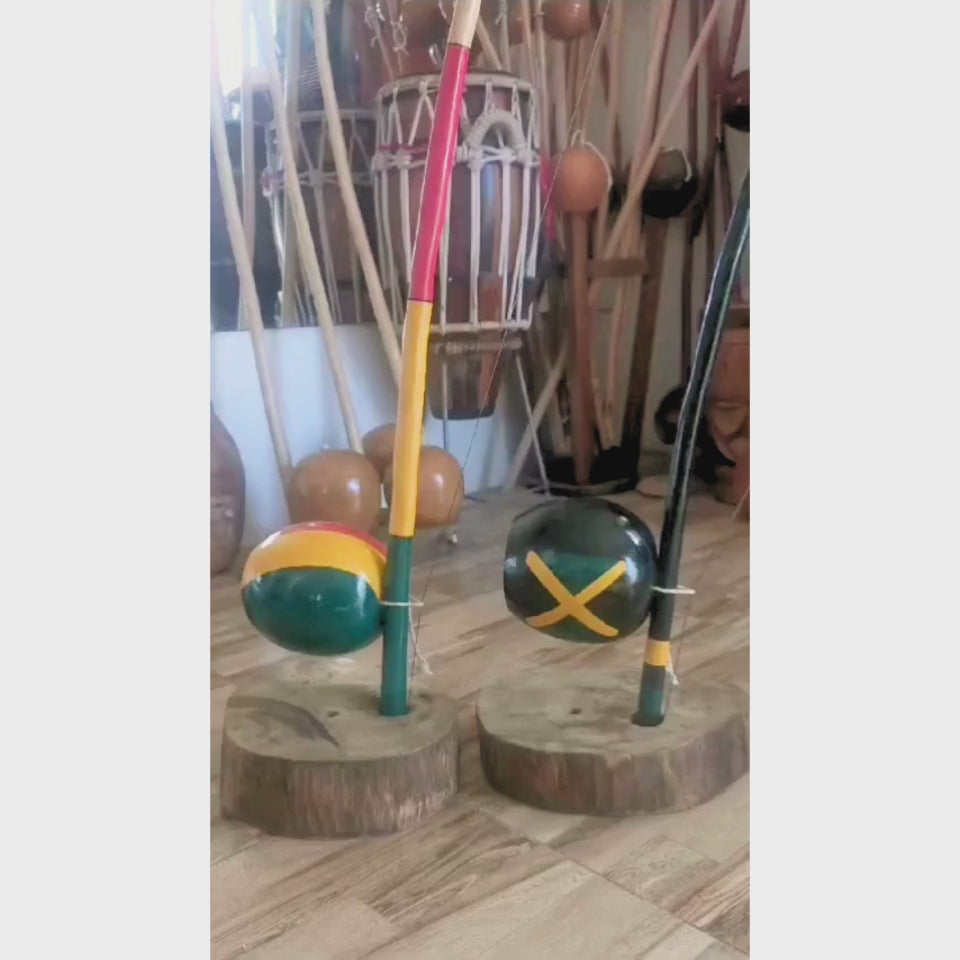
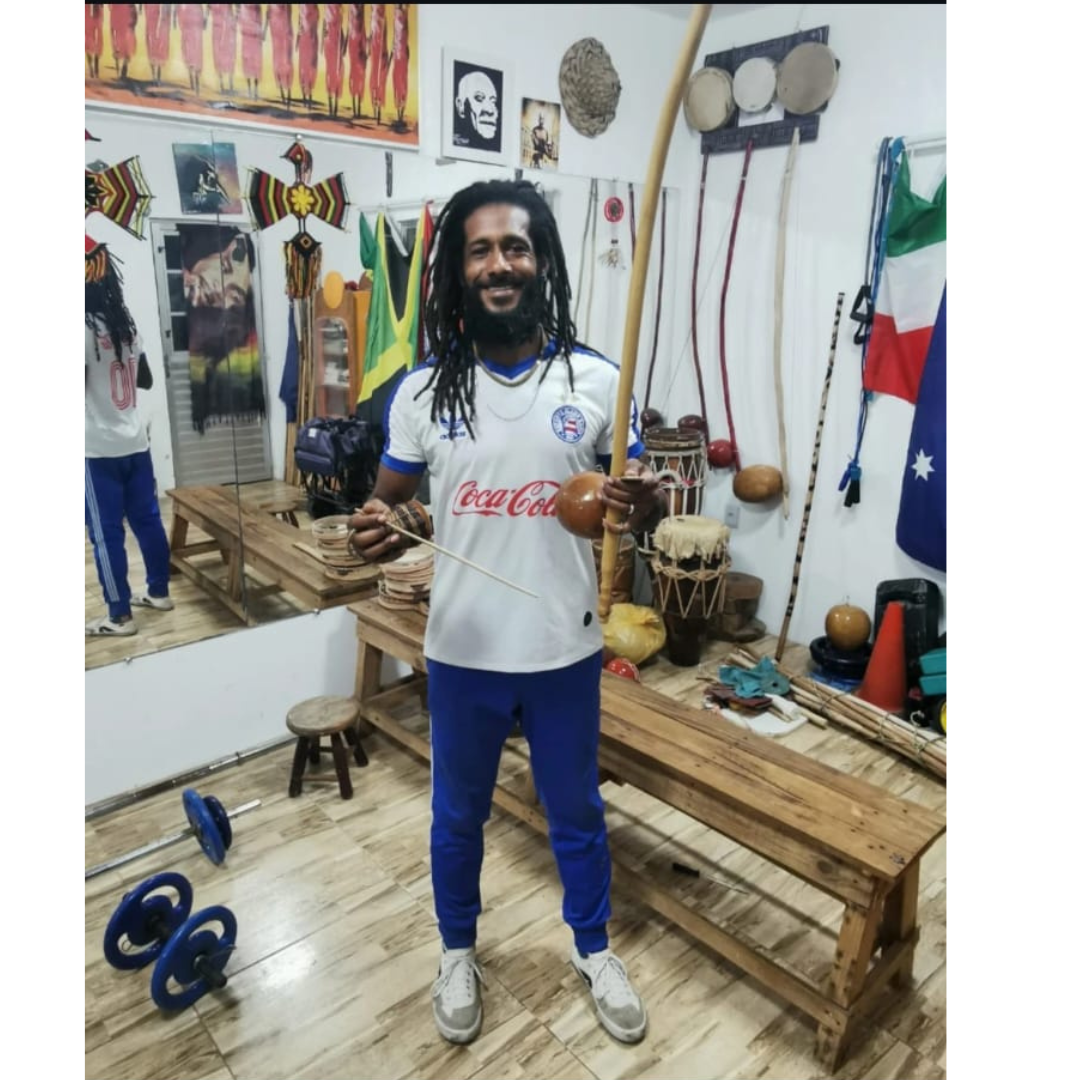
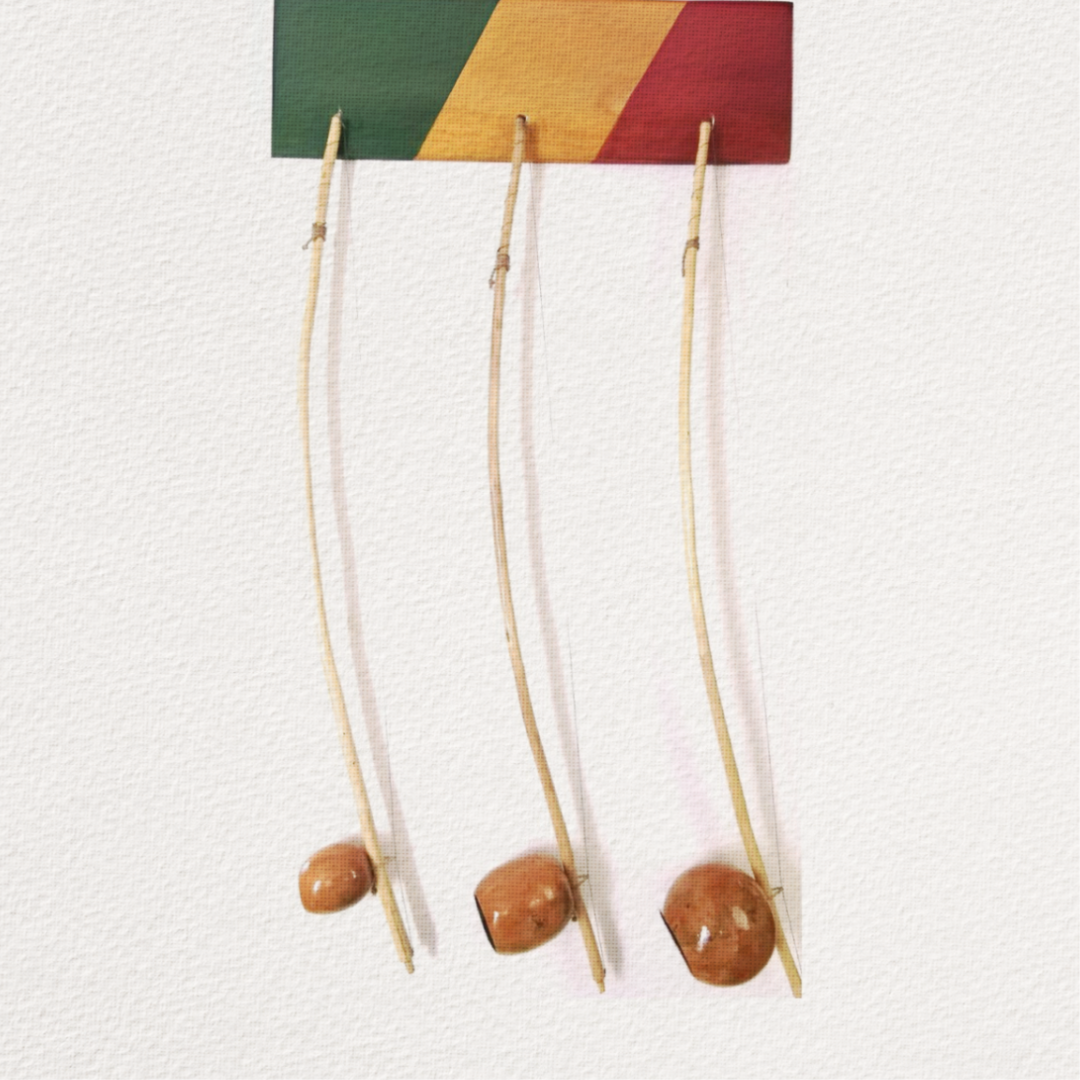
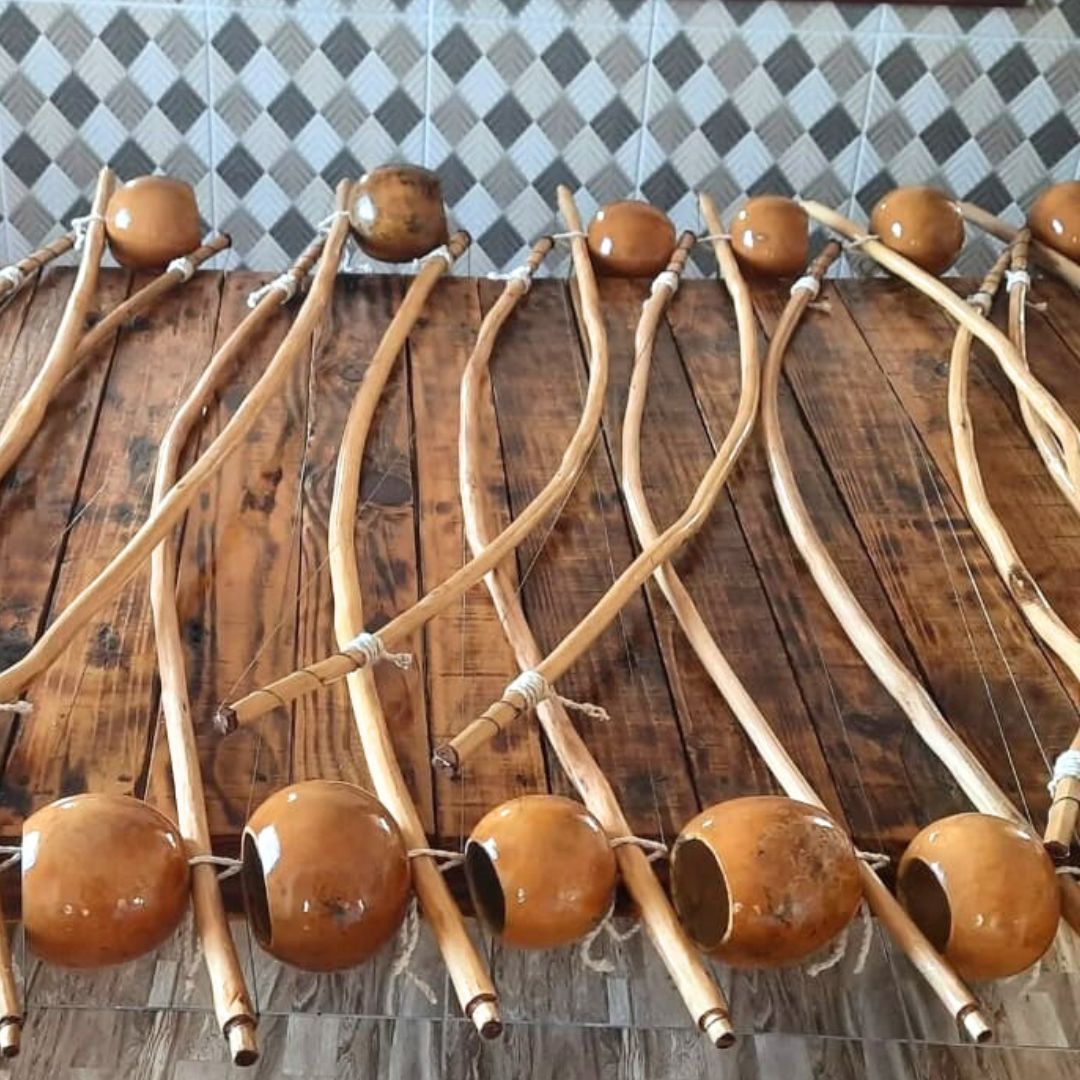
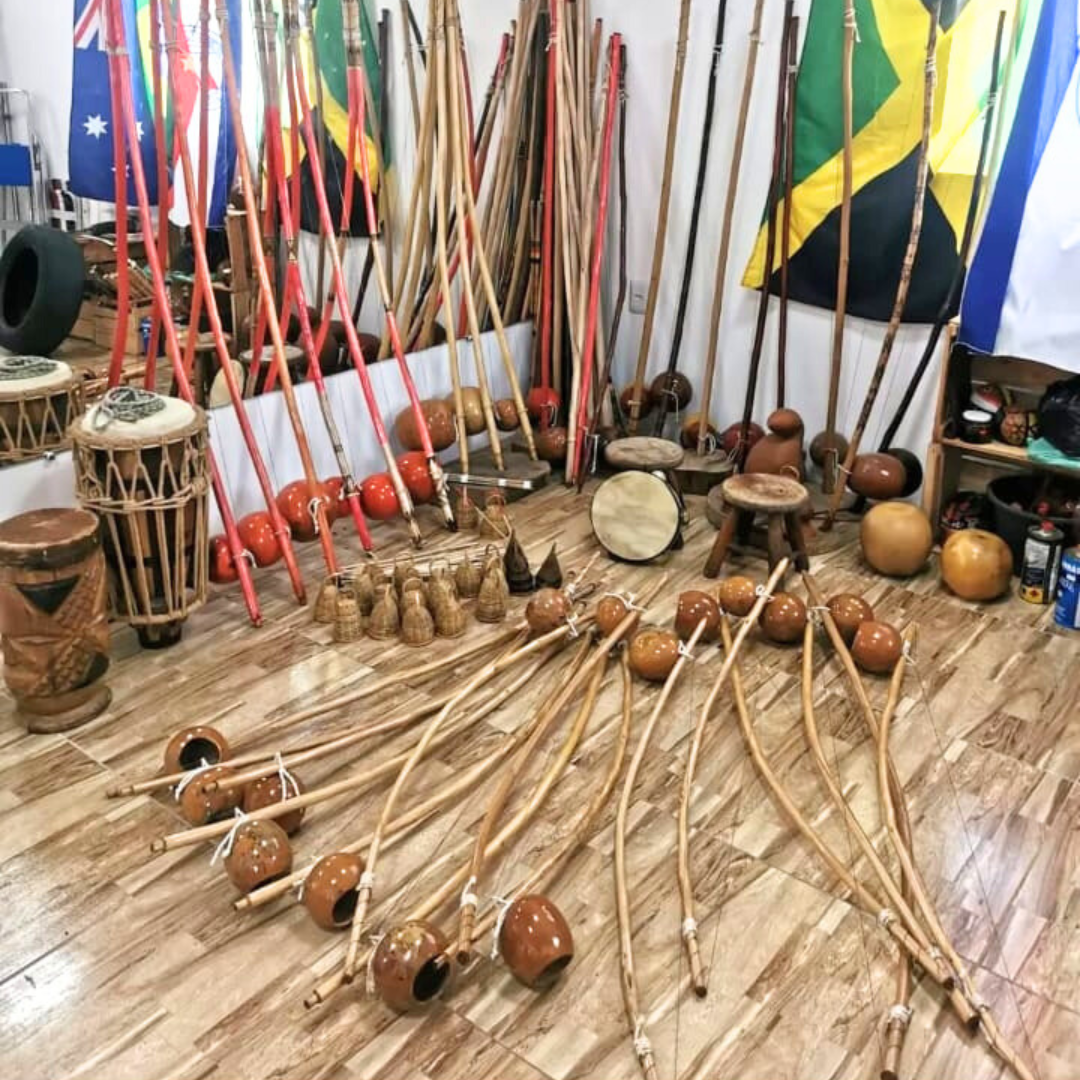

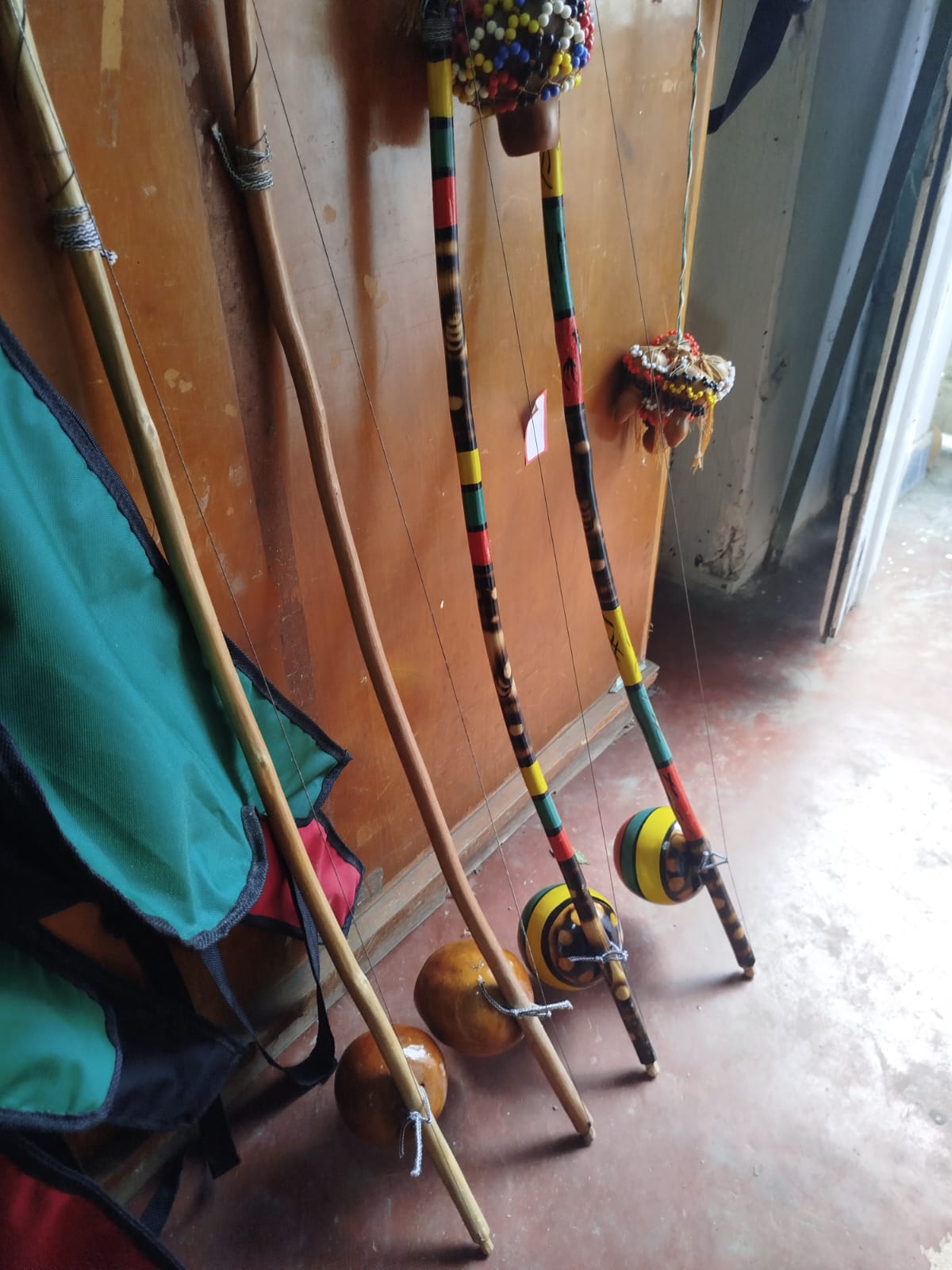

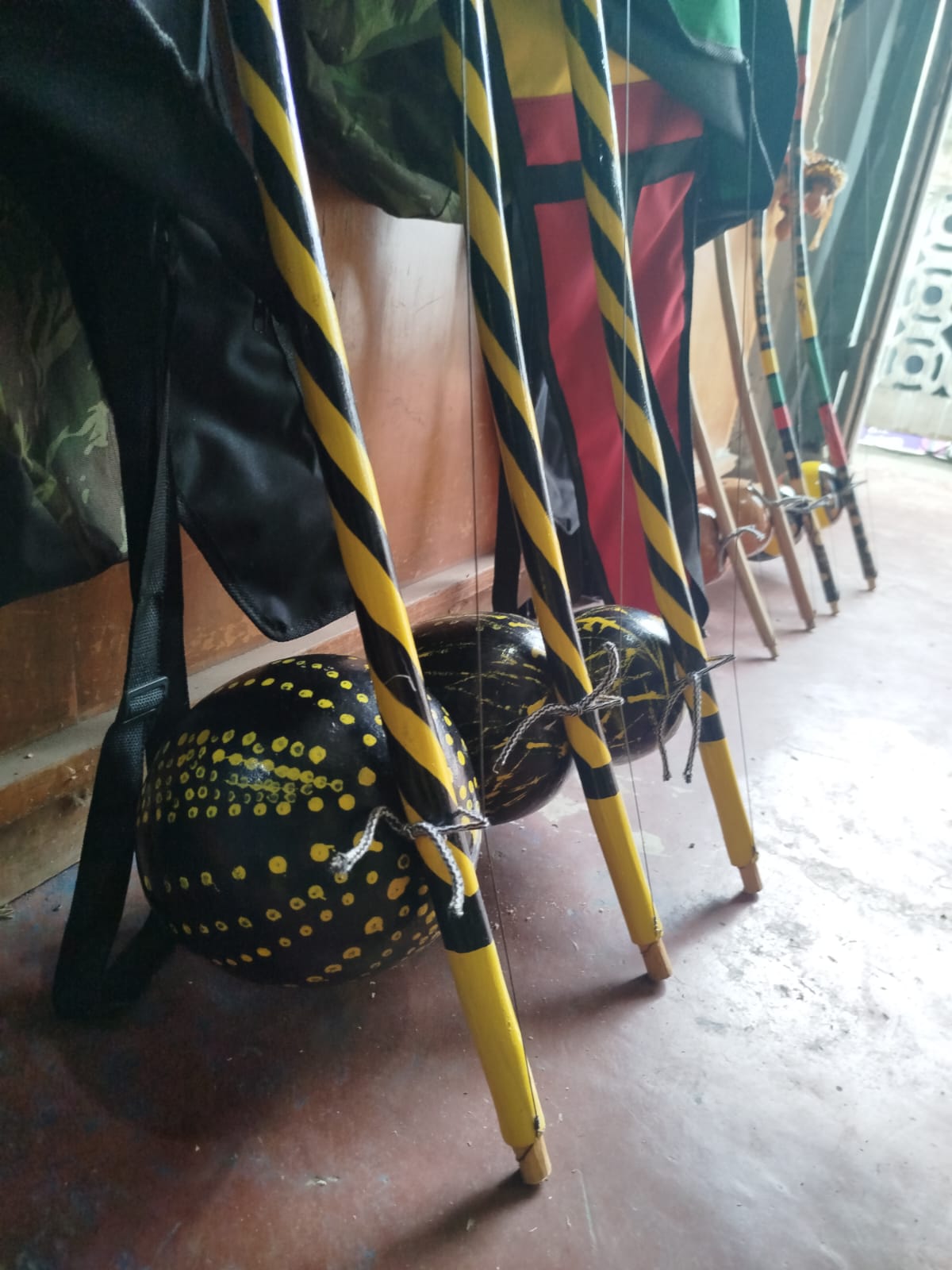
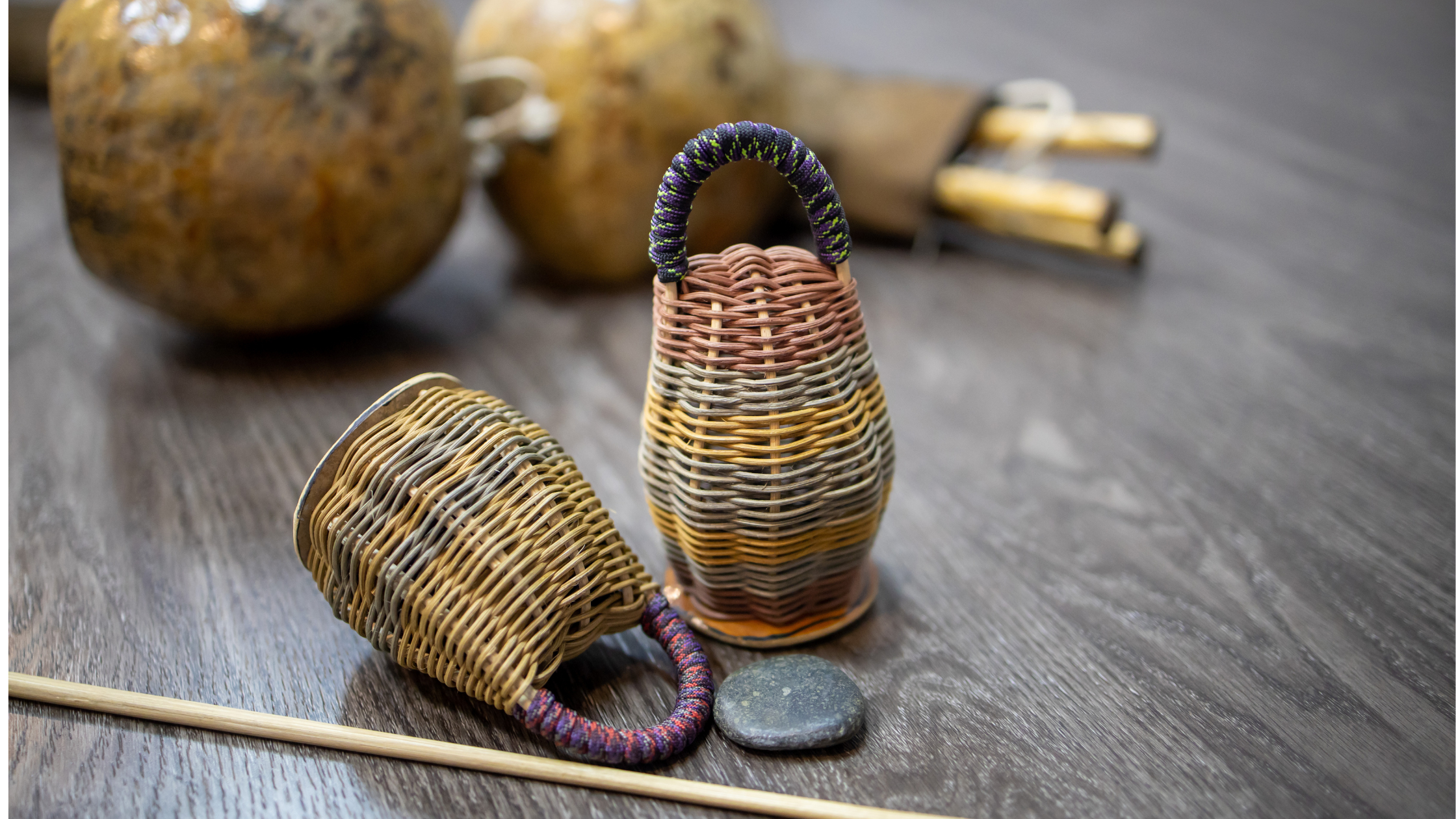
0 comments